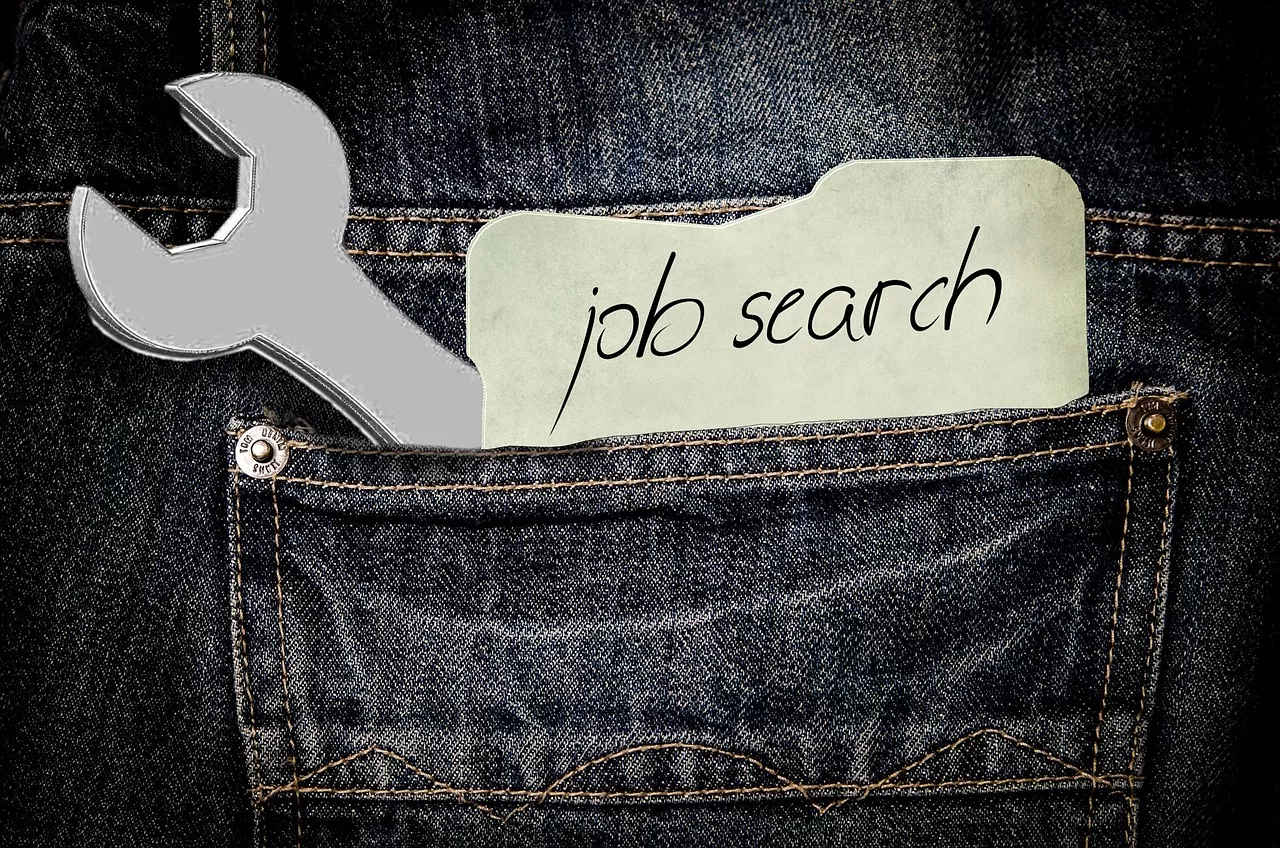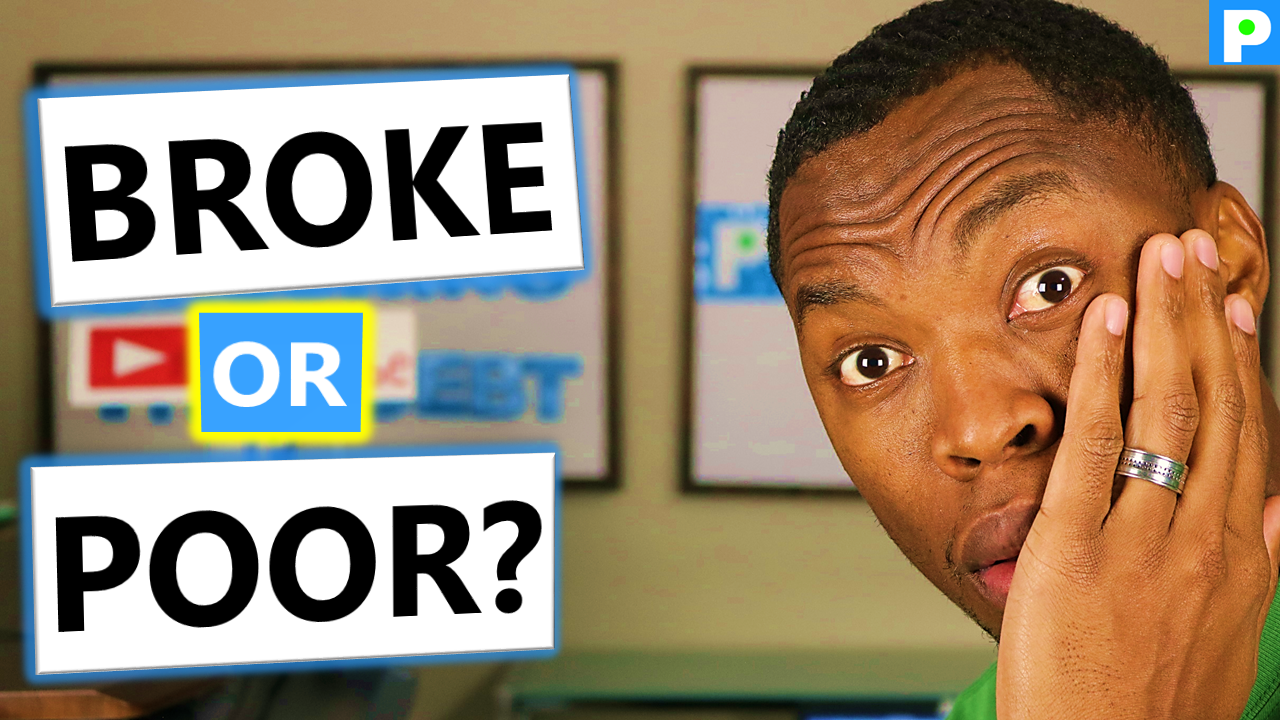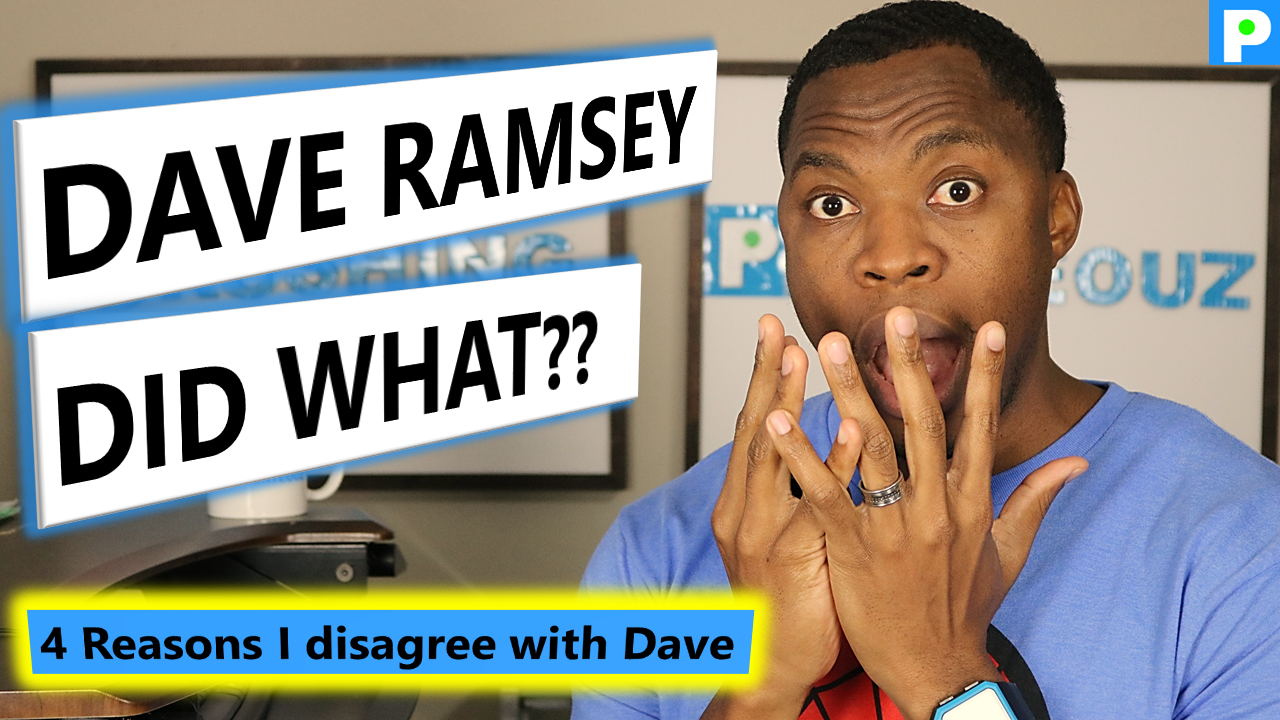
A 5-STEP BLUEPRINT FOR DEALING WITH STUDENT LOANS

The nation’s student loan debt is over $1 trillion and is not only larger than the country’s collective credit card debt, but there are also 5 million ex-students that are delinquent with their payments.
Student loans are unique in that they’re one of the few debts not discharged in bankruptcy. Only a federal judge can let you out of your obligation to pay and they don’t do that often. The only reliable way to get out of your student loans is to pay them off.
People frequently get into trouble with their student loans, and it makes getting a mortgage or a car loan much more difficult. While credit repair agencies can do a lot to help remove bad credit history attached to debts that are paid off, current debts are another story. A slip can haunt you for a long time.
This process makes it easier to handle your student loans effectively:
1. Assess Your Situation
Student loans can be confusing. You’re likely to have more than one loan and those loans were probably made by different financial organizations. The company servicing the loan might be completely different from the one that provided the loan.
A great central source of information is the National Student Loan Data System nslds.ed.gov. This resource may provide all the important dates and other information about your loans, including the services.
However, private student loans are not covered in that data system. Your credit report can be a good way of tracking down the information regarding your private loans. Your college should also have the information you require.
2. Ensure Your Information Is Current
For example, the address listed probably belongs to your parents. When you have your own address, you should change your information accordingly.
Update all the applicable information, including your email address and phone number. You want to know when there is an issue with your account.
3. Create A Strategy For Repayment
Your options depend on whether your loans are federal or private.
Federal loans have very flexible repayment options. You can extend your payments out as far as 25 years. You can establish a plan with lower payments now and higher payments later on. Payments can even be a function of your income.
There can be other options for private loans, but they will vary, depending on who made the loan. Be sure to give them a call and see what other options are available.
4. Consider Automatic Payments
Federal loan interest rates are reduced by 0.25{aa1969326c1a91f778c6fa1a2b2ffd3b2b8d2983922ea3ce9690758a6e788246} if you have your payments taken automatically out of your bank account. Similar deals are usually available with private loans. Either way, you’ll never be late if the payments are taken out of your account automatically.
5. Be Focused
It would be wiser to put any extra funds towards higher interest rate debt. But if your student loans are your only real debt, then put some extra money toward the principal when possible. Debt is like a slow leak that keeps draining money away from you.
Consider a second job to get rid of those loans quicker. The interest rates are relatively low on student loans, but the payback period is long. The interest adds up over 10 years or more. Pull out a calculator and look at the cost.
Create a goal of making all of your payments on time. Create a second goal of paying your loan back early.
Dealing with student debt is a big responsibility. It might even be a newly graduated student’s first big responsibility. While making loan payments is never fun, it’s a fact of life for most adults at one time or another. Get on top of the situation now, and the future will be much brighter.




















